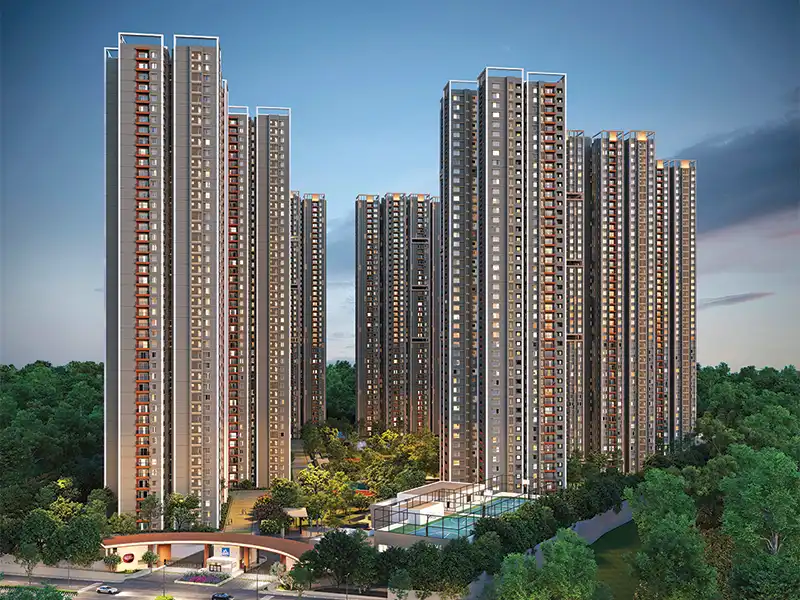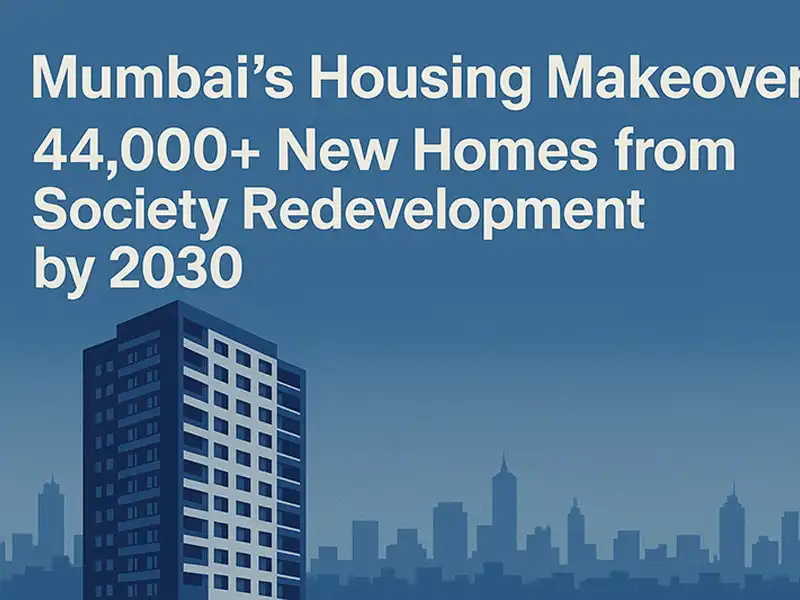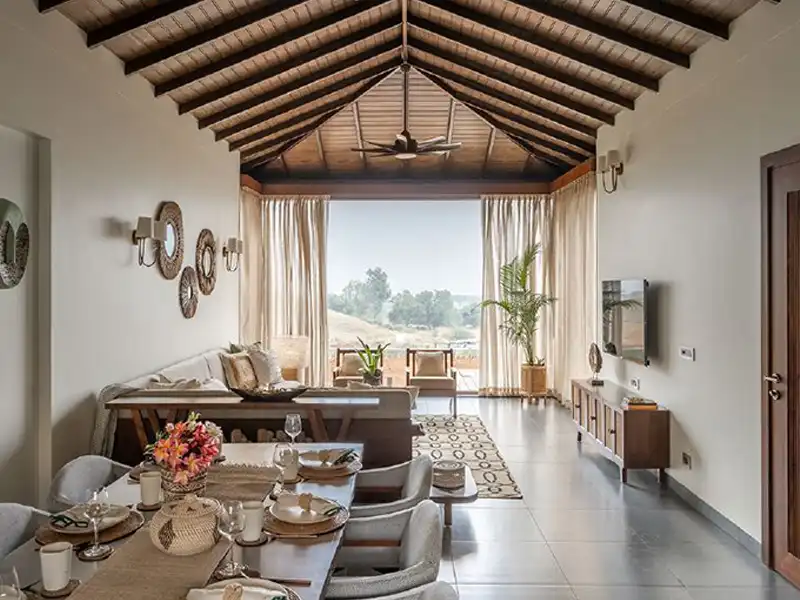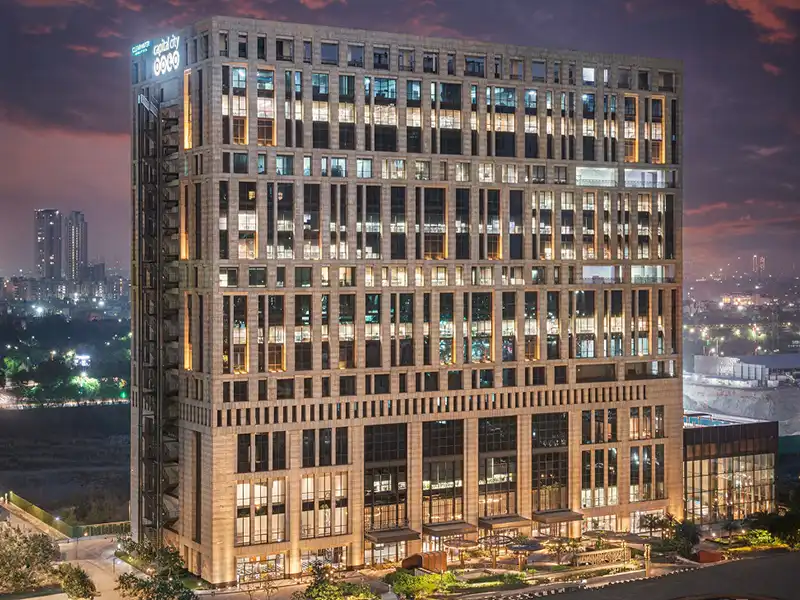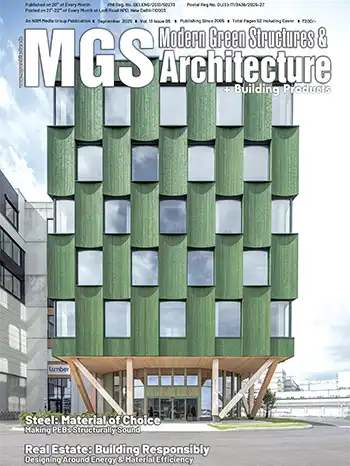
Of course, discussions about such empowerment are only complete when they include women’s need to have their own homes. There are several reasons for this:
- First and foremost, home ownership provides financial security. When women purchase a home, they have an asset that can appreciate in value over time. This can provide a sense of financial stability and a source of wealth that can be passed down to future generations.
- Homeownership is a hedge against inflation, as the home value will invariably increase even as the cost of living rises. This can help women better plan for their financial future and provides them with a sense of security in their later years.
- Homeownership is an opportunity for personal fulfilment and independence. It provides a sense of ownership and pride in one’s living space. Women can customize their homes to reflect their individual tastes and preferences, and they can decide how the space is used and arranged. This sense of control and autonomy can be especially important for women who may have experienced a lack of control, instability or trauma in the past - something far from uncommon in India.
- Homeownership provides a sense of community and connectedness. When women own their homes, they become more involved in their local community, as they are invested in the area and have a vested interest in the well-being of their neighbours - and the neighbourhood as a whole. This can lead to a greater sense of belonging, which promotes emotional wellness.
- Owning a home can provide women with a passive income, as they can rent it out if they are not currently using it. This income can be used to pay down debt or save for retirement. It also increases her net worth and creditworthiness since it is a sizeable asset against which she can borrow in case of unforeseen contingencies.
- The sense of stability and security that owned homes give women in their later years cannot be underestimated. As we age, we invariably face challenges such as declining health, limited mobility, and sometimes decreased financial resources. Owning a home provides women with a safe and secure place to live, regardless of other circumstances. This is especially important for women who may lack a traditional support system, such as a spouse or children.

- Economic empowerment: As more Indian women enter the workforce and gain financial independence, they are becoming more confident in their ability to purchase a home and are taking advantage of the various home loan schemes and other financial services available to them.
- Changing attitudes: There has been a shift in societal attitudes towards women’s role in the family and society, with more and more people recognizing the importance of women’s financial independence and the benefits of owning a home.
- Government initiatives: The Indian government has implemented several initiatives to encourage women to buy their own homes. These are helping to make homeownership more accessible, affordable and attractive for women.
- Women-focused housing projects: There has also been an increase in developers targeting women homebuyers, offering them special deals and packages, and creating communities designed to meet the needs and preferences of women.

Anil Pharande is CMD of Pharande Spaces, a leading real estate construction and development firm famous for its township properties in West Pune. Pharande Promoters & Builders, the flagship company of Pharande Spaces and an ISO 9001-2000 certified company, is a pioneer of townships in West Pune. Anil Pharande is also President – CREDAI (Pune Metro).



